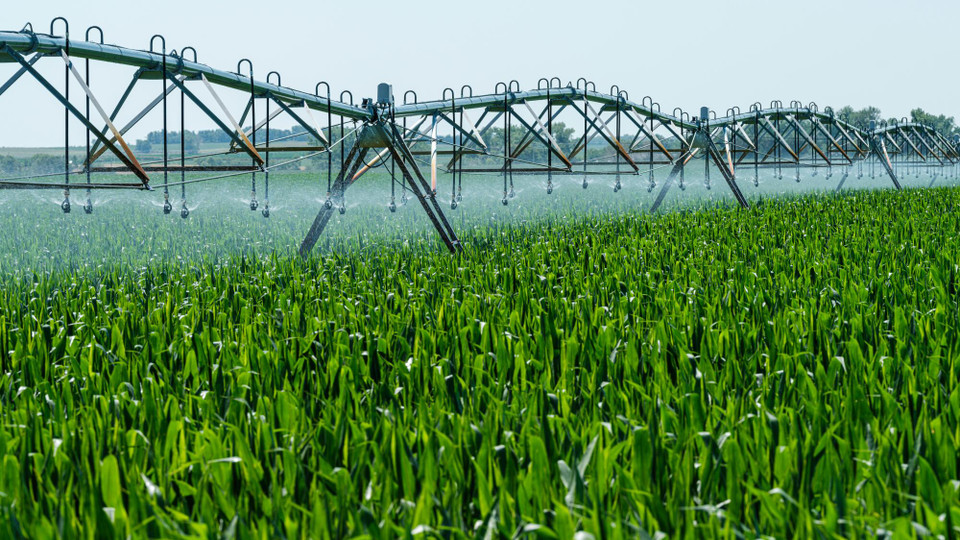How to Achieve an Accurate Moisture Test with Shore Moisture Testers
Did you know that natural disasters caused $21.5 billion in agricultural losses last year? This disaster affected soil moisture levels, reducing profits.
Don't let money slip away. Take action now with a simple moisture test that could save you thousands of dollars. Keep reading to learn about effective moisture testing techniques!
What Is a Moisture Test?
Agricultural moisture tools such as moisture tests help farmers make informed decisions. These decisions deal with irrigation schedules, nutrient application, and crop management. This type of crop health monitoring is especially important for precision farming.
That is because other technologies used in precision farming can be costly. Luckily, moisture tests can limit the use of other costly practices.
1. Choose the Right Moisture Test for Your Needs
Now that you know the basics of a moisture test, let's discuss moisture testing techniques. First, you'll want to find a company such as Barndoor AG that specializes in all things agriculture.
Once you've found a good supplier, consider the type of moisture test you want to conduct. For example, there are options for handheld moisture sensors or remote monitoring systems. There are different types of moisture tests for different kinds of crops.
More specifically, the Shore 935 Grain Moisture Tester is ideal for hot corn testing. However, it may not be suitable for legumes or plants. In contrast, the AgraTronix TMT Portable Tobacco Moisture Tester is suitable for plants!
You may also want to consider what kind of features you need. For example, some tools offer real-time data and provide high-quality inputs. Once you've made your choice, the testing can begin.
2. Get a Consistent Testing Schedule for Optimal Results
Regular testing of soil moisture levels is essential for maintaining optimal crop health. That is because there are so many fluctuations in moisture content. Therefore, you want to have a consistent testing schedule to reduce deficiencies or root rot.
However, logging moisture changes is just as important. This way, you can accurately track changes in soil moisture levels over time. Overall, staying vigilant and responsive to changes will reduce crop loss.
3. Follow Proper Usage Directions
The best moisture tests all have different guidelines that must be followed for optimal results. For example, when preparing a sample, ensure you remove any residue or standing water.
Not doing so could result in a false reading of the moisture levels. Another mistake farmers make is not selecting the proper calibrations for specific materials.
There are certain crops, such as corn or legumes, that need fixed modes to test accurately. Therefore, ensure you are applying the best calibrations for these crops.
Lastly, regular maintenance and recalibrations are important for accurate readings. Always do a test run and change the settings as needed.
Master the Art of Moisture Tests
You know all the tips and tricks for a good moisture test reading. Now it's time to purchase the right moisture test for your needs. Our website has an array of moisture tests that are data-driven and technology-focused.
If you need more help, contact us today. You'll receive personalized information for all your agricultural needs!
 US Dollars
US Dollars
 Canadian Dollar
Canadian Dollar
 Australian Dollar
Australian Dollar
 Euro
Euro

